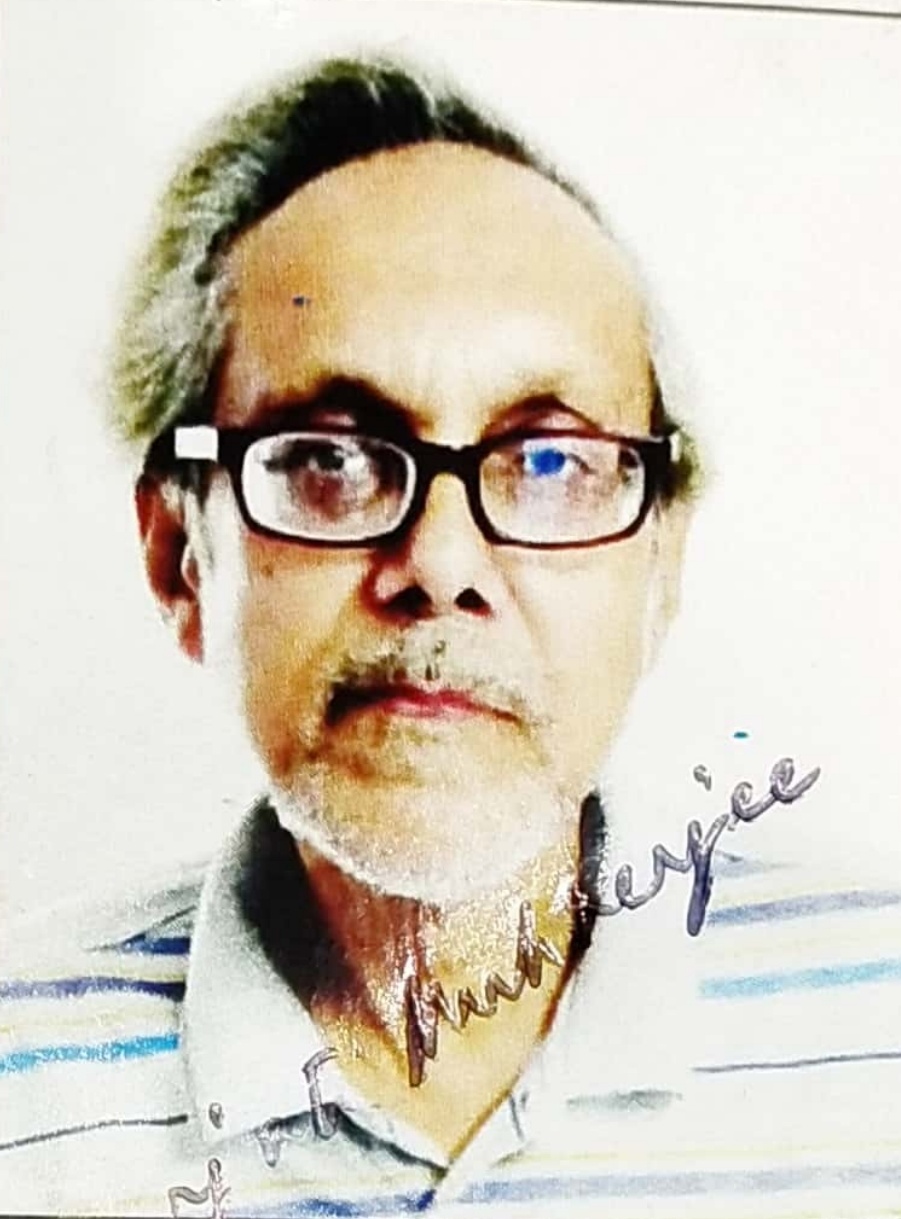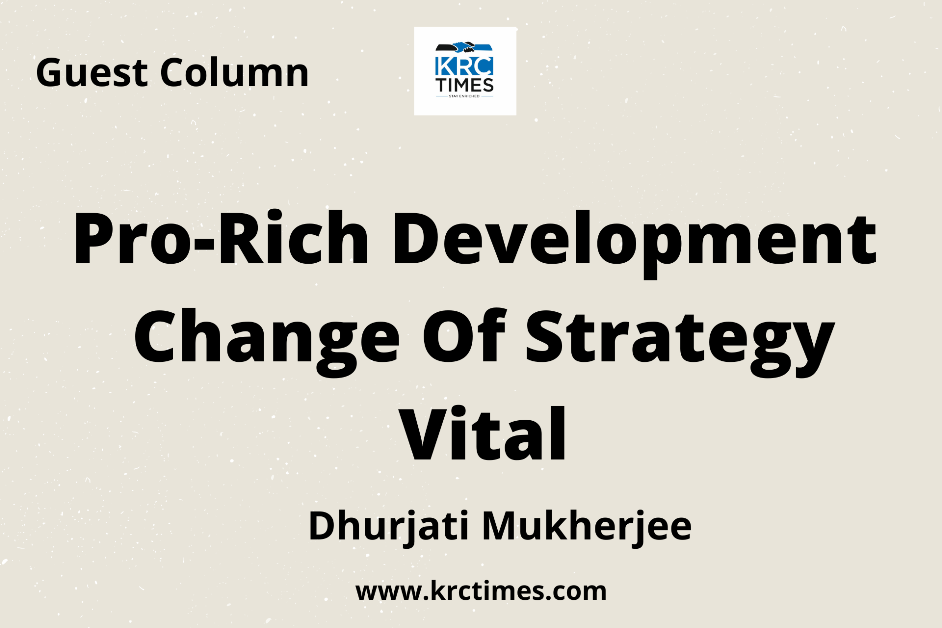Ironically, the present pattern of development seems to have less and less space for its minorities, its ethno-religious and racial ‘others’ and its youth, which has taken to pelting stones and hurling slogans instead of wielding books
 Dhurjati Mukherjee I INFA Service
Dhurjati Mukherjee I INFA Service

Tall claims about India’s achievements and future projections by leaders are oft heard, but sadly they fail to understand or choose to ignore the grim reality. It is not known to many that the path of development followed by successive governments has resulted in maximum numbers of refugees, this being more from the wars India fought. This includes the regular homelessness that takes place due to inundation and virtually no rehabilitation taking place due to the swindling of money by ‘corrupt’ political leaders.
Recently, the Tamil Nadu government pointed out something very revealing in a petition to the Supreme Court dealing with the freebies issue. Many economists and analysts have denounced the growing tendency of state governments in the matter. It is unknown how concerned they actually are about the economy and whether the benefits of development do reach all sections of society.
Advertisement

The DMK, in its submission to the apex court, revealed that the Modi government, in the first three years (2014-2017) had written off Rs 72,000 crore loans of the Adani Group and in the last five years (2017-2022), public sector banks have written off loans worth Rs 7.27 lakh crore. It is not known why this did not attract the attention of the CAG and those analysts who lecture about state finances. Does this not seem like the government has unilaterally taken a pro-rich, pro-corporate stand?
Recent articles appearing in the media too have not touched on loan waivers or various types of favours granted to corporates over the years. One may mention here that land is being given at a very low cost – perhaps around 20-25 per cent of the market value – to corporates for building hospitals and/or educational institutions where the upper and middle income sections can afford to go.
Advertisement
The question arises why is such favour granted to corporates with public money? But it is surprisingly evident that it is a general norm for most economists to argue the need for curtailing subsidies, citing examples in the West, which are developed economies and where poverty and squalor are not so rampant in rural areas as in India.
Development as a way of life creates non-citizens, who have no voice in the formulation and implementation of policies. If development carries the banality of violence, sustainable development is a more quixotic quest, more oxymoron rather than logical. Sustainability tries to modify the brew just as human relations tried to smoothen the arrogance of terrorism. Sustainable development attempts to modify development without examining its logic or grammar. Social analysts believe that development in the country today – or even earlier – has corporate hypocrisy or a UN model of aid and care.
Delving deep into the problem, one may refer here to the Oxfam report titled ‘India Supplement 2022 — Inequality Kills’, which that revealed as many as 84 per cent of households suffered a decline in their income in a year, thereby indicating tremendous loss of life and livelihoods, the number of Indian billionaires grew from 102 to 142. It also stated that just one per cent wealth tax on 98 richest billionaire families in India can finance Ayushman Bharat, the national public health insurance fund of the government for over seven years. It also pointed out that the collective wealth of India’s 100 richest people hit a record high of Rs 57.3 lakh crore (USD 775 billion) in 2021.
The report rightly suggested a one per cent surcharge on the richest 10 per cent of the Indian population to fund inequality combating measures such as higher investments in school education, universal healthcare, and social security benefits like maternity leaves, paid leaves and pensions for all Indians. But the government is not interested in taxing the super-rich but only concerned about the growing burden of subsidies that go to the lower echelons of society. They are joined by a section of economists, which is ignorant of the social reality and always compare the nation with policies and programmes adopted in the Western world.
Reserved quotas have, however, barely scratched the problem. Since 1983, the government implemented a policy of reserving 50 per cent of jobs in the coveted civil service for socially underprivileged castes, but by 2019 only four individuals from these categories had made it to a list of 89 secretary-level positions. How many such ingrained inequities can be remedied? In 2021 only 50.89 million individuals in a population of 1.4 billion people filed income tax returns and only half that number paid any worthwhile tax.
According to Prof Prabhat Patnaik, emeritus professor of economics at Jawaharlal Nehru University, the solution to gross inequity lies in “taxing the rich and investing the proceeds for the neglected social sectors — it is a shame that large numbers of people continue to have no access to health or education.” He pointed to how government policies have consistently favoured the rich since the country embarked on economic liberalisation in the early 1980s. The inheritance tax was abolished in 1985 and in 2017 the government abolished the wealth tax, allowing the concentration of wealth in rich families. In September 2019, corporate tax was slashed from 35 per cent to 26 per cent.
The big question that arises is whether the government is at all interested in taxing the rich. Or is it only concerned with freebies and downsizing subsidies? Favours in different forms are being extended to corporate groups. One may refer to a very recent S&P Global Ratings report about Modi having favoured the Adani Group that said that acquisitions through huge debts may have a negative effect on the Group. Thus, while big corporations can easily get money from banks and financial institutions, small traders and manufacturers have to struggle to get a loan of say Rs 5 or Rs 10 lakh.
Development, therefore, is a discourse making very little sense. The Indian state, powered by a right-wing autocratic style of leadership, is well on its way to alienating the most underprivileged and oppressed, including the economically weaker sections — citizens in actual need of ‘development’. Ironically, the present pattern of development seems to have less and less space for its minorities, its ethno-religious and racial ‘others’ and its youth, which has taken to pelting stones and hurling slogans instead of wielding books. Its attack on intellectual institutions and student movements sounds like the dreaded death knell of democracy in a nation that is home to one-sixth of humanity.
Thus, there is a need for critically looking at the grass-roots to understand the nature of the crisis and accordingly plan India’s strategy of development without being enamoured with Western styles as their population density is much less while per capita incomes are much high. Development of villages and making them productive centres of growth is what is needed at this juncture — not favouring the rich and giving concessions to middle income sections.—INFA
Advertisements | 5E For Success



